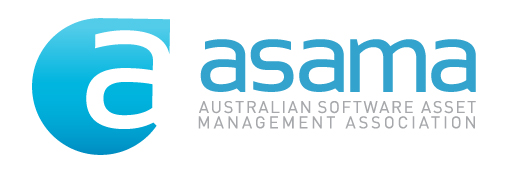|
Software Asset Management
Centralised Software Purchasing - How: Part One
Elizabeth Sherwin
ASAMA
The implementation of centralised software purchasing will differ from
organisation to organisation, however there are some standard actions that need to be undertaken that
would be common to most organisations. These standard actions need to be planned, scheduled and costed.
There will be a requirement to invest into establishing the centralised software purchasing capability,
however this should pay for itself within a relatively short period. It is recommended that time is spent
on planning, identifying key stakeholders and making use of existing processes and procedures. We now
will discuss the standard actions that need to be considered and undertaken.
The delegation of who can approve
the purchase of software should be withdrawn from existing staff and centralised to the software purchasing
team. Approval delegations should also be tiered, as this will further reduce the capacity for major
purchases being able to be approved by many different people. It is most preferable that just a few people
can approve major purchases, which will result in a stronger control mechanism. The use of the software
purchasing delegations should also be reported on, to provide visibility for the governance
process.
All software purchase requests
should be formalised and be provided to the centralised software purchasing team by one standard channel.
Usually this will be via the service desk or web portal and be recorded in the service desk management
system. This immediately enables management of the software requests. The required data that needs to be
included in the software request should be made available through either a web form or manual form. The data
fields should be menu selections and not free text to the largest extent possible. This will enable better
management techniques to be applied in determining, reviewing, auditing, searching and identifying software
requests.
Standardisation of software is
important for SAM. By limiting software to a minimal number of vendors, this will enable the centralised
software purchasing team to negotiate better pricing, more flexible licensing and more manageable EULA terms
and conditions. There needs to be one approval authority for the type of software to be purchased. In a lot
of organisations this is the architecture team, who may publish the products to be purchased in the form of
an approved applications list, or they may approve each purchase, depending on volume. The use of existing
contracts that provide a standing offer in many cases can be preferable than seeking software through the
market. Standing offer contracts tend to lead to better software standardisation.
This article on how an
organisation could centralise software purchases has covered some of the issues that fall within this
subject. There are a number of additional requirements and strategies on this subject. More in-depth
information will become available in the topic specific articles and in-depth information
articles.
(IE Printing: - There are known IE printing problems that affect certain printer brands and
printer types; Chrome and Firefox have no reported issues.)
| 

